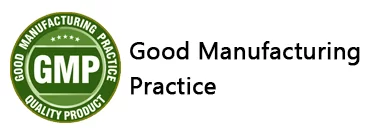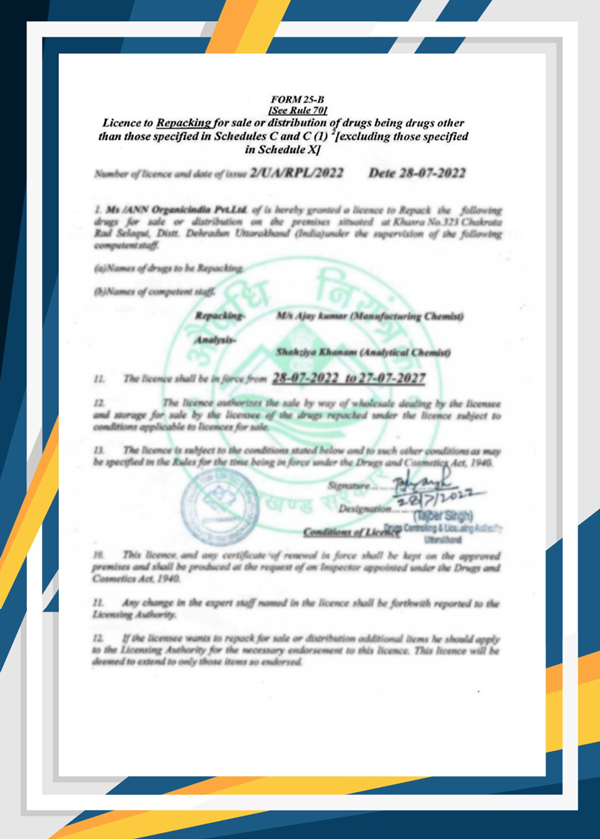Xylanase enzyme is any of a class of enzymes that degrade the linear polysaccharide xylan into xylose, thus breaking down hemicellulose, one of the major components of plant cell walls. Xylanase enzyme plays a major role in micro-organisms thriving on plant sources for the degradation of plant matter into usable nutrients.
Xylanases enzymes can be produced with the help of microbes like actinomycetes, bacteria, and fungi. A major fungal species that produce xylanase are Aspergillus sp., Fusarium sp., and Penicillium sp. Fungal xylanases have higher activity than bacteria or yeast.

Xylanase Enzyme for food industry
Xylanase enzyme transforms hemicellulose which is water-insoluble into a soluble form, which helps in binding the water in the dough, therefore decreasing firmness, increasing volume, and creating finer and more uniform crumbs, and also significantly improving the manufacturing conditions.
Xylanases enzymes that hydrolyze the complex cell walls are used to improve dough handling, enhance bread quality, and extending its shelf life.
This along with protease enzyme, lipase enzyme, and alpha-amylase enzymes are significantly effective for obtaining bread with a higher specific volume in a microwave oven, as compared to the bread with no enzyme added. The texture profile analysis was greatly modified and the firmness of the breadcrumb was reduced, after proofing dough volume increased significantly, the time of dough formation and dough stabilization also shortened.
Xylanase Enzymes for animal feeding
Xylanases enzymes are very useful in manufacturing animal feed. Xylanases enzyme help in reducing the viscosity and enhance the absorption rate by degrading the starch polysaccharides in rich fiber and barley-based feeds. Pre-treatment of agricultural silage and grain feed incorporated with xylanases increases the nutritional value and enhances the feed digestion in ruminants. Similarly, feed supplementation combined with xylanases enzyme for broiler diets, not only showed an increase in growth performance like weight gain but also aided in the yield production of poultry products.
Xylanase Enzyme for paper and pulp industry
Xylanases enzyme activates the hydrolysis of xylans and therefore can hydrolyze precipitated xylans. This results in a reduction of the xylan concentration on the secondary wall of the fiber surface during the enzymatic treatment with xylanase, particularly in hardwood pulps. Therefore, reducing the concentration of xylan increases the permeability of fiber surfaces, also improving bleachability.
The pulp and paper industries are attempting to bring changes to the bleaching process and minimize the use of chlorine to satisfy the regulatory and market demands. Xylanases enzyme here offer a cost-effective way for mills to realize a wide variety of benefits in bleaching. One main benefit involves reducing the Adsorbable Organic Halides (AOX) discharge. This is achieved primarily by decreasing the use of chlorine gas. This treatment can substantially revamp the final brightness of bleached pulps while simultaneously decreasing bleaching costs.
Other Xylanase Enzymes Applications
Xylanase Enzymes for Biofuel production.
Xylanase Enzymes for Beer production.
Xylanase Enzymes for Retting of Flax fibers.
Xylanase Enzymes for Juice and wine industries.
Xylanase Enzymes for Malt industry.




